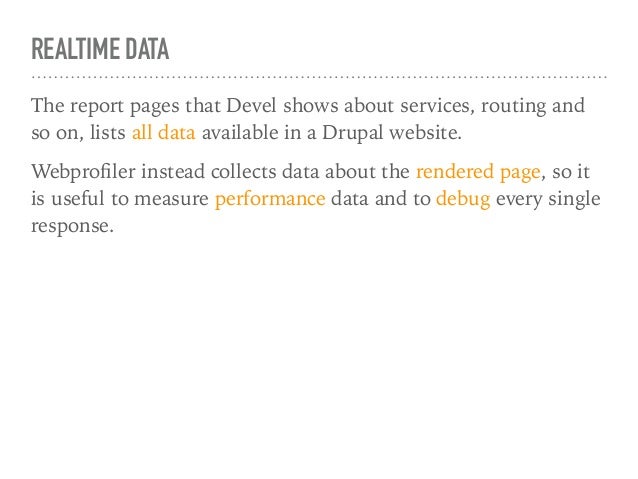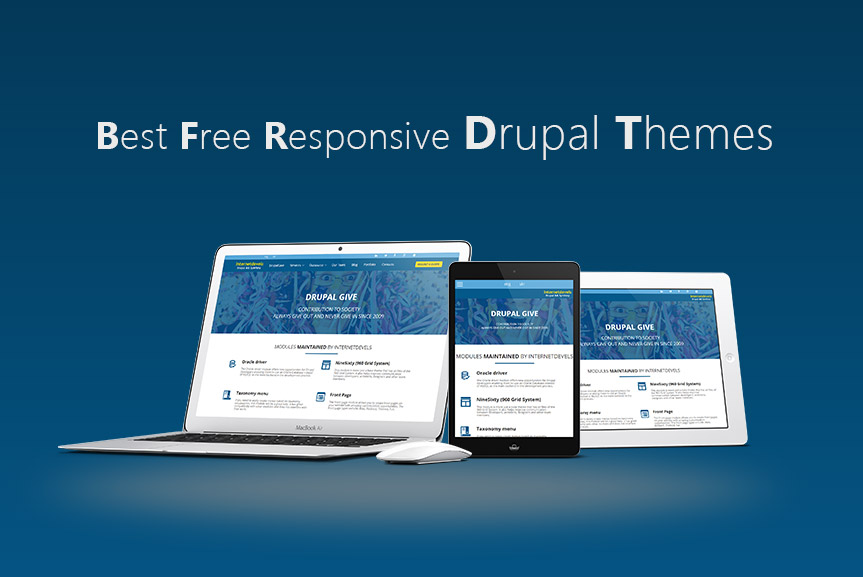
- #DRUPAL DEVEL GENERATE CONTENT TEMPLATE INSTALL#
- #DRUPAL DEVEL GENERATE CONTENT TEMPLATE CODE#
- #DRUPAL DEVEL GENERATE CONTENT TEMPLATE DOWNLOAD#
Make sure that CSS throughout Drupal core and contributed modules are consistent and understandable.Īlways separate base, layout, and component styles into files.
#DRUPAL DEVEL GENERATE CONTENT TEMPLATE CODE#
Use a simple CSS comment style when describing a property or ruleset, any comment that can be written inside the 80 character line length limit.Īssure that our CSS formatting code is easy to read, easy to clearly comment, minimizes the chance of accidentally introducing errors, and results in useful Git diffs and blames. Make sure that comments are indented the same amount as the declaration or ruleset they describe.Īdd a blank line and a comment describing the second ruleset if two rulesets have no interleaving blank line, they must be logically related.Įnsure that there must not be any whitespace (spaces or tabs) at the end of lines.įollow the Doxygen comment style (also called a “docblock”) when describing a ruleset or set of rulesets, any comment that requires 2 or more lines (wrapped to 80 characters). Use 2 spaces for each level of indentation. Include the files for any modules that aren't used and are never likely to be used (tip: the Enabled Modules module can help with this). Include test content, dummy users, or content generated by the devel module.

For example:- Firefox provides "dust me" addon and "chrome" browser use "CSS AUDIT" technique for this. Include CSS which is not used at all on the website, because it affects website performance. Remove/modify any core CSS files of drupal. Use the PHP module in the core for DRUPAL7, because it has a security risk, as per drupal documentation. Use Mysql or PHP function in the custom module because drupal has its own function for each. Use the static path of site URL for a file or an internal link (like- 10.0.4.55).Ĭhange Drupal’s core files as Drupal provides many hooks and API to alter everything.

#DRUPAL DEVEL GENERATE CONTENT TEMPLATE INSTALL#
Install useless modules, and remove useless module's files from the server. Hard code so as to codes can be altered whenever the requirement arises. Install all the available modules in the world. Hack core for Drupal so as to core files do not get changed.

Write errors to the log only, don't display messages to site visitors (site configuration > error reporting).Ĭheck that the credit URL is correct and working fine.Īdd overnight cron to cron drupal instances job.Įnsure that the cron script that calls cron.php is updated when the website is running on its final domain. Switch email address on the contact forms and other client-specific settings to the actual client address, rather than our test address. Set throttle value for any cron-triggered newsletters.Ĭonfirm site-wide settings including email address settings. If the need for 5 content types to categories pages arises then we try to create one content type and make taxonomy term and select option in content type for categories pages.
#DRUPAL DEVEL GENERATE CONTENT TEMPLATE DOWNLOAD#
Setup local DEV environment by download Drupal latest version>create a new MySQL database>create a new virtual host>install Drupal latest version.Įstablish git workflow by setting up the local and remote git repositories>manage commits for specific features in separate feature branches>push changes from local to the remote git repository.Įnsure to configure some basic modules before starting site development like - (views ctools, devel, module_filter, pathauto, Tokens, Administration menu (admin_menu), Page Title (For SEO), XML SiteMap (For SEO), Meta tag (For SEO), Ck Editor, IMCE, Entity API, rename_admin_paths (if needed for security purpose).Ĭreate a minimum content type and minimum fields on the site. Use DRUSH commands for module installation, backup, cache clear or other functionality, it provides smart work. Setup local DEV environment by downloading Drupal latest version>create a new MySQL database>create a new virtual host>install Drupal latest version.

Use DRUSH commands for module installation, backup, cache clear or other functionality. Use drupal API instead of MySQL or PHP function in the custom module because Drupal has its own function for each. Use hook_permission and hook_help while creating a page using the custom module to protect the page and provides help to the users to use the module.Įnsure to define the appropriate package name in the custom module as per its functionality.īe sure about dependencies when a module is dependent on other contributed or custom modules.Īssure that the used developer support module like - DEVEL, coder, module_ filter must be disabled before the site live.Ĭlear cache from the database before backup to a database. Use the latest version of Drupal such as Drupal 7.6 above in Drupal7 and Drupal 8.6 above in Drupal8.Īlways use the latest version of the module in the site and before the use of the development version of modules.


 0 kommentar(er)
0 kommentar(er)
